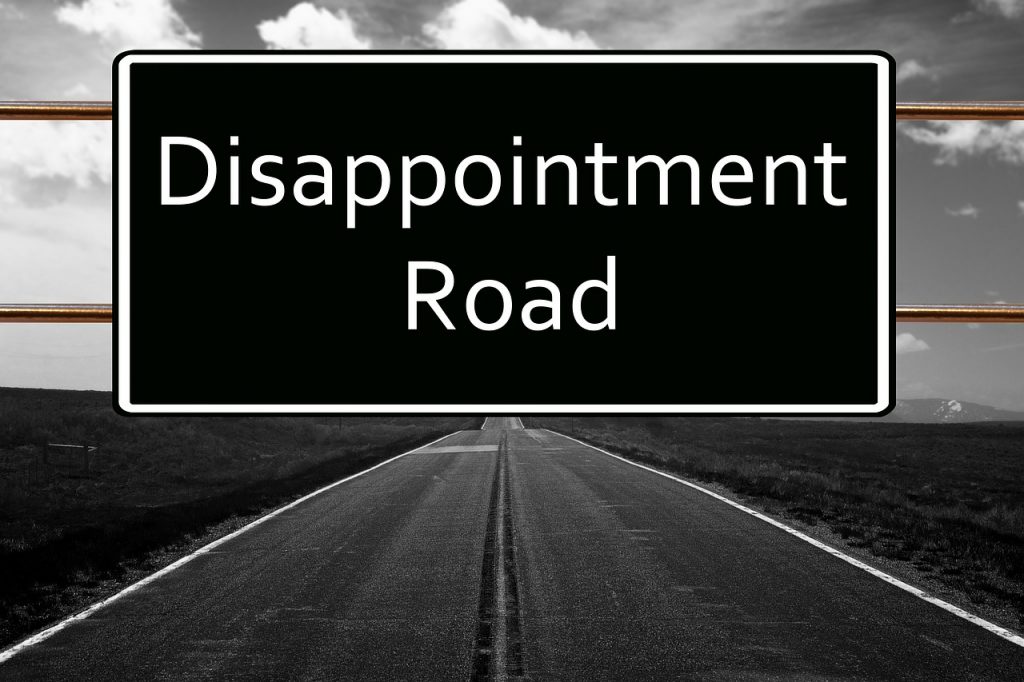
Since they used the Oxford Comma, I think we should help them out. Thanks for taking the survey today. It’s due September 7th.
***
Despite the pervasiveness of the Nonprofit Hunger Games, we nonprofits are way more effective when we work together. However, partnerships can be challenging when there are clearly differences in culture, resources, and power. As someone who works with a lot of leaders and communities of color, I often get asked by thoughtful colleagues who work at majority-white nonprofits how they can support and work with organizations that are led by communities of color without causing inconvenience, or annoyance, or actual harm to those communities.
So here is some general advice, divided into four categories. This list is not comprehensive; please feel free to add to it in the comments. Special thanks to my friend Allison Carney, who also gifted the sector with the term Bizsplaining, for pushing me to write about this and for adding her thoughts. (Also, although this post is focused on partnership with communities-of-color-led nonprofits, it also applies to partnerships with organizations led by marginalized communities, such as communities of disabilities, as our colleague Julie Reiskin points out in the comment section). Continue reading →





